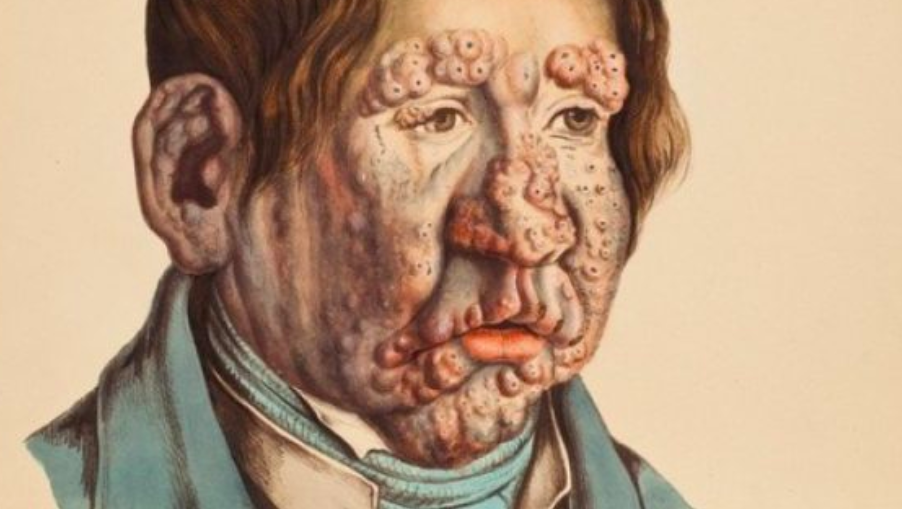Andrew Anglin
Daily Stormer
September 9, 2019
Marc Siegel, MD, is a professor of medicine and medical director of Doctor Radio at NYU Langone Health.
And he’s worried about the potential LEPROSY outbreak coming to third world Los Angeles.
He writes for The Hill:
Diseases are reemerging in some parts of America, including Los Angeles County, that we haven’t commonly seen since the Middle Ages. One of those is typhus, a disease carried by fleas that feed on rats, which in turn feed on the garbage and sewage that is prominent in people-packed “typhus zones.” Although typhus can be treated with antibiotics, the challenge is to identify and treat the disease in resistant, hard-to-access populations, such as the homeless or the extremely poor in developing countries.
I also believe that homeless areas are at risk for the reemergence of another deadly ancient disease — leprosy, also known as Hansen’s disease. Leprosy involves a mycobacteria (tuberculosis is another mycobacteria) that is very difficult to transmit and very easy to treat with a cocktail of three antibiotics.
…
According to the CDC, there are between 100 and 200 new cases of leprosy reported in the U.S. every year. A study just released from the Keck Medical Center at the University of Southern California looked at 187 leprosy patients treated at its clinic from 1973 to 2018 and found that most were Latino, originating from Mexico, where the disease is somewhat more common, and that there was on average a three-year delay in diagnosis, during which time the side effects of the disease — usually irreversible, even with treatment — began to occur.
Leprosy is still more prevalent in Central America and South America, with more than 20,000 new cases per year. Given that, there is certainly the possibility of sporadic cases of leprosy continuing to be brought across our southern border undetected.
And it seems only a matter of time before leprosy could take hold among the homeless population in an area such as Los Angeles County, with close to 60,000 homeless people and 75 percent of those lacking even temporary shelter or adequate hygiene and medical treatment. All of those factors make a perfect cauldron for a contagious disease that is transmitted by nasal droplets and respiratory secretions with close repeated contact.
It’s fitting that these homeless plebs would become literal lepers.
And I certainly cannot think of a reason why that wouldn’t happen.
Everything is getting really Biblical, you know?

